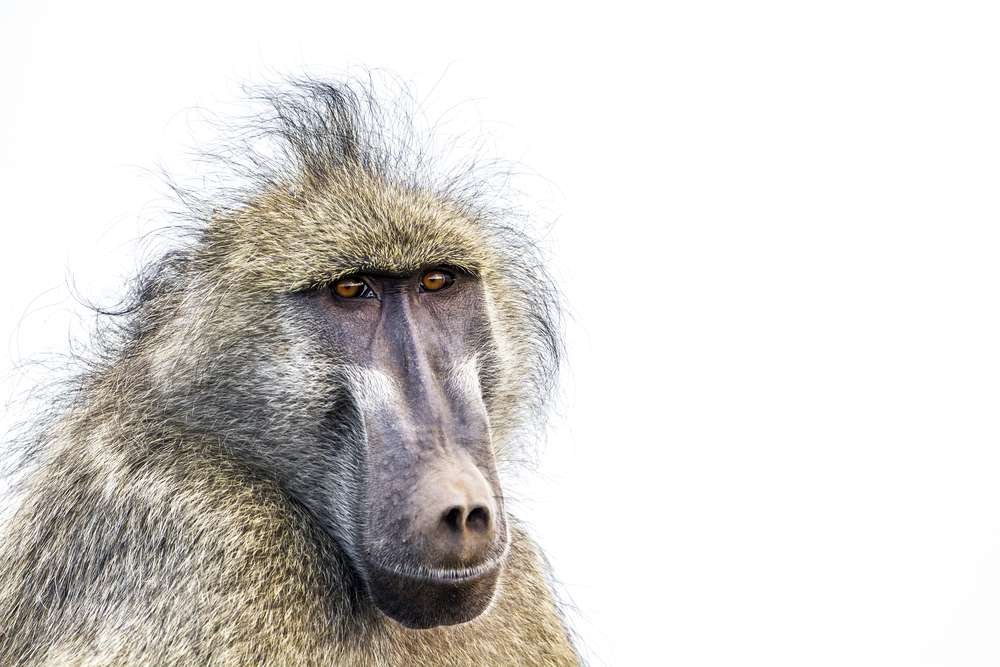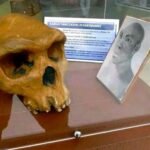Chacma Baboon
( Cape baboon )
- Papio ursinus
- IUCN Status: Least Concern
- Trend: decreasing

- Kingdom: Animalia
- Phylum: Chordata
- Class: Mammalia
- Order: Primates
- Suborder: Haplorhini
- Family: Cercopithecidae
- Genus: Papio
Share:
General Information
The Chacma baboon is one of the largest of all monkeys. Located primarily in southern Africa, the chacma baboon has a wide variety of social behaviours, including a dominance hierarchy, collective foraging, adoption of young by females, and friendship pairings. They adopt orphaned offspring and form relationships with one another in order to help groom and protect each other.
Fun Facts!
Description
- Length: 50 to 115 cm
- Weight: 12 to 45 kg
Ecology and Behaviour
The chacma baboon is an omnivorous highly opportunistic feeder, and will eat practically anything; typical foods include fruits, seeds, grass, blossoms, bulbs, bark, insects, spiders, worms, grubs, rodents, birds, small antelope and fungi. It is generally a scavenger when it comes to game meat, and rarely engages in hunting larger animals.
Conservation
The chacma baboon is widespread and does not rank among threatened animal species.
Distribution and Habitat
The chacma baboon inhabits a wide array of habitats including woodland, savanna, steppes, and sub desert. It is found throughout southern Africa, ranging from South Africa north to Angola, Zambia, and Mozambique. During the night, the chacma baboon sleeps atop steep hills, high cliffs or rocks or in large trees, away from nocturnal predators. In daytime, water availability may limit its range in arid areas. The chacma baboon usually lives in social groups, called troops, which are composed of multiple adult males, adult females, and their offspring. Occasionally, however, very small groups form that consist of only a single adult male and several adult females.
Interaction with humans
The baboon’s major predators are humans. Knowing that humans can easily kill or injure them when they are in trees, baboons usually escape through undergrowth. Many troops have become a suburban menace in their search for food, overturning garbage cans, and literally breaking into cars and houses where they cause much damage. These troops can be dangerous and aggressive, and they will even steal food directly from people. These negative encounters have resulted in the baboons being hunted and poisoned by frustrated local residents. A dominant individual (usually the alpha male) leads the group to easily monopolised resources. The group usually follows, even though many subordinate members cannot gain access to that particular resource.
No donation to this project yet.
| M | T | W | T | F | S | S |
|---|---|---|---|---|---|---|
| 1 | 2 | 3 | 4 | 5 | 6 | 7 |
| 8 | 9 | 10 | 11 | 12 | 13 | 14 |
| 15 | 16 | 17 | 18 | 19 | 20 | 21 |
| 22 | 23 | 24 | 25 | 26 | 27 | 28 |
| 29 | 30 | 31 | ||||


